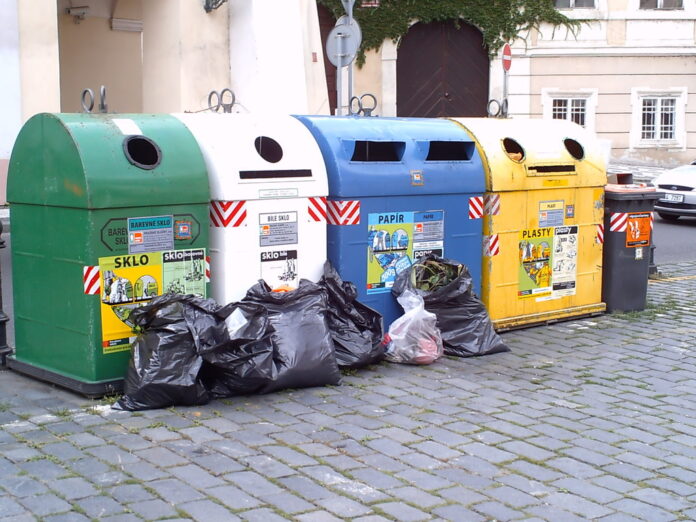In an era where sustainability is not just a trend but a necessity, technological advancements are playing a crucial role in transforming waste management practices. The urgent need to mitigate environmental degradation has sparked innovative solutions aimed at recycling and waste reduction. This article delves into the forefront of these technologies, offering insights into how they are reshaping our approach to managing waste.
Understanding the Problem: The Waste Management Challenge
Globally, the generation of waste is escalating at an alarming rate, fueled by urbanization, population growth, and increasing consumerism. Traditional waste disposal methods, such as landfills and incineration, pose significant environmental hazards, including greenhouse gas emissions and soil contamination. The call for sustainable solutions has never been louder, prompting a shift towards innovative recycling and waste reduction technologies.
Innovations in Recycling: Turning Trash into Treasure
1. Advanced Sorting Technologies
One of the critical challenges in recycling is the sorting of waste materials. Recent advancements in sorting technology, such as AI-powered robots and infrared sensors, have significantly enhanced the efficiency and accuracy of waste separation. These technologies can quickly identify and sort recyclables from waste streams, reducing contamination and improving the quality of recycled materials.
2. Chemical Recycling
Chemical recycling represents a breakthrough in dealing with plastics that are difficult to recycle through traditional methods. This process breaks down polymers into their monomers, which can then be reused to produce new plastics. Chemical recycling not only helps in diverting plastics from landfills but also contributes to a circular economy by enabling the production of new products from recycled materials.
3. Bioconversion Technologies
Bioconversion technologies, such as anaerobic digestion, are transforming organic waste into valuable resources. This process involves the breakdown of organic matter by microorganisms in the absence of oxygen, producing biogas and digestate. Biogas can be used as a renewable energy source, while digestate serves as a nutrient-rich fertilizer, showcasing a perfect example of waste-to-resource innovation.
Reducing Waste at the Source: The Path to Minimization
1. Circular Economy Models
The concept of a circular economy focuses on minimizing waste and maximizing resource efficiency. By designing products for durability, reuse, and recyclability, businesses are reducing the volume of waste generated. Circular economy models are not only environmentally beneficial but also economically viable, offering opportunities for new business and job creation.
2. Zero-Waste Technologies
Zero-waste technologies aim to eliminate waste before it’s created. Innovations in packaging, such as edible or biodegradable materials, are making significant strides in reducing waste at the source. Furthermore, digital platforms that promote the sharing and reuse of products are also contributing to waste reduction, underscoring the role of technology in fostering a zero-waste culture.
Satisfying Search Intent and Leveraging Keywords
This article is tailored to meet the search intent of users looking for “Technological Solutions for Waste Management” by providing a comprehensive overview of the latest innovations in recycling and waste reduction. By integrating primary and secondary keywords such as “innovations in recycling,” “waste reduction technologies,” and “sustainable waste management practices,” we ensure the content is not only SEO-optimized but also offers valuable insights to our readers.
Structuring for Readability and Engagement
- Short Sentences and Paragraphs: The content is structured with short sentences and paragraphs, making it easier to read and understand.
- Clear and Simple Language: Technical jargon is minimized, ensuring the article is accessible to a broad audience.
- Visuals: While not included in the text, incorporating visuals such as infographics and charts in the final piece can enhance understanding and engagement.
- Bullet Points and Numbered Lists: Key points are presented in bullet points and numbered lists for better readability.
Conclusion
Technological innovations in recycling and waste reduction are pivotal in steering us towards a more sustainable and environmentally-friendly future. By embracing these advancements, we can significantly mitigate the impact of waste on our planet, fostering a greener, more sustainable world for future generations.





